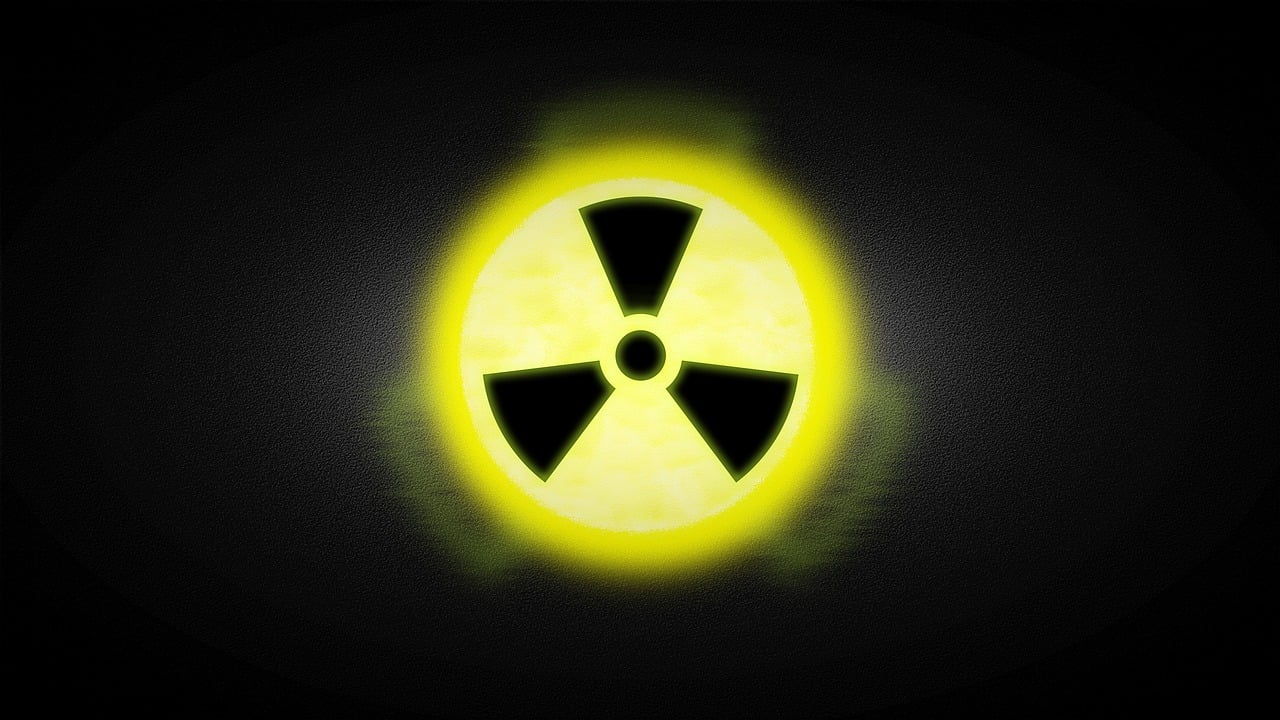Introduction:
As concerns about environmental sustainability and public health continue to grow, the Air Quality Index (AQI) has become a vital tool for gauging the quality of the air we breathe. This numerical scale offers a simplified and accessible way to understand the complex landscape of air pollutants and their potential impact on our well-being. In this article, we’ll delve into the components of the AQI, the pollutants it measures, and the significance of its categories in assessing air quality.
The Ingredients: Key Pollutants in the AQI Calculation
Ground-level Ozone (O3):
- Ozone, a key player in smog formation, can have adverse effects on respiratory health. High levels of ground-level ozone often occur in urban areas with substantial industrial and vehicular emissions.
Particulate Matter (PM10 and PM2.5):
- Particulate matter comprises tiny particles suspended in the air, and it comes in two main categories: PM10 and PM2.5. These particles, originating from sources like combustion and industrial processes, can penetrate the respiratory system, posing health risks.
Carbon Monoxide (CO):
- A colorless, odorless gas, carbon monoxide is a byproduct of incomplete combustion. Elevated levels, often associated with vehicle emissions, can lead to health issues, especially in enclosed spaces.
Sulfur Dioxide (SO2):
- Sulfur dioxide, arising from burning fossil fuels containing sulfur, contributes to respiratory irritation and air pollution. Industrial activities and power generation are common sources of SO2 emissions.
Nitrogen Dioxide (NO2):
- Nitrogen dioxide, a product of combustion processes in vehicles and power plants, can irritate the respiratory system. It also plays a role in the formation of ground-level ozone.
Interpreting the AQI Categories:
0-50 (Good):
- Air quality is considered satisfactory, and the risk of adverse health effects is low. Breathe easy; the air is clean and poses minimal health concerns.
51-100 (Moderate):
- While air quality is acceptable, some pollutants may pose concerns for sensitive individuals. It’s a reminder for those with respiratory or heart conditions to take precautions.
101-150 (Unhealthy for Sensitive Groups):
- Members of sensitive groups, such as those with respiratory or heart conditions, may experience health effects. The general public is less likely to be affected at this stage.
151-200 (Unhealthy):
- Everyone may begin to experience adverse health effects, with sensitive individuals facing more serious consequences. It’s a signal for heightened awareness and potential precautions.
201-300 (Very Unhealthy):
- Health alerts are issued as everyone faces an increased risk of serious health effects. It’s a critical stage, requiring caution and potential adjustments to activities.
301 and above (Hazardous):
- Emergency conditions are declared as the entire population is at risk of severe health effects. It’s a call to action, urging people to take immediate steps to reduce exposure.
A Global Standard with Local Variations:
Different countries may have variations in their AQI standards, reflecting unique environmental conditions and regulatory frameworks. Local environmental agencies typically provide real-time AQI information, enabling the public to stay informed about current air quality conditions in their specific regions.
Conclusion: Breathing in the Future
The Air Quality Index is more than just a number; it’s a vital tool for safeguarding public health and fostering environmental awareness. As we navigate an era of increasing concern for sustainability, the AQI serves as a compass, guiding us toward cleaner air and healthier communities. By understanding and heeding the messages embedded in the AQI, we can collectively take steps towards breathing in a future where the air we share is not only a vital resource but a source of well-being for generations to come.















